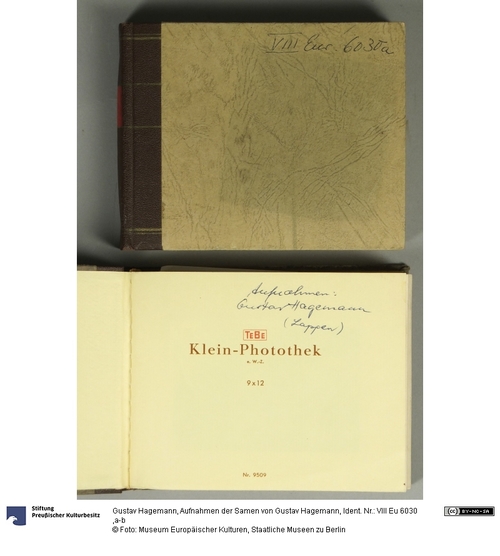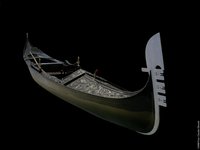Zwei Einsteckfotoalben mit insgesamt 103 Aufnahmen der Samen von Gustav Hagemann.
Album VIII 6030,a beinhaltet 51, Album VIII 6030,b 52 Fotografien.
Die Aufnahmen zeigen verschiedene Samen aus dem gesamten Sápmi-Gebiet, ihren Alltag und ihren Lebensraum. Hagemann dokumentierte auf den Bildern auch die Anfertigung der Kupferritzzeichnungen, die 1964 in einer zweiteiligen Mappe verlegt worden sind (II C 2687).
en

